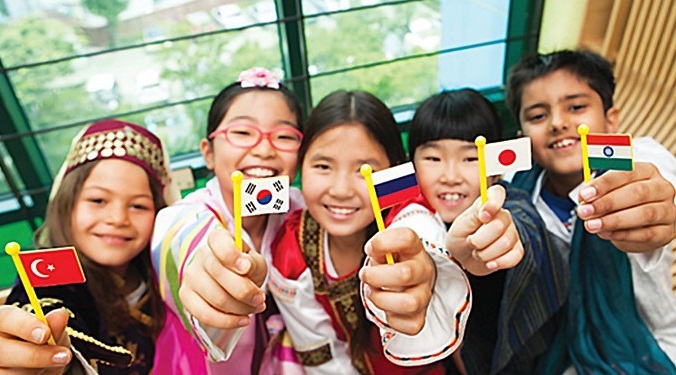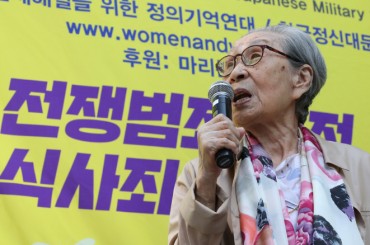
South Korea has recorded its highest number of foreign residents since 2019. (Image courtesy of the Ministry of Education)
SEOUL, Jan. 17 (Korea Bizwire) — South Korea has recorded its highest number of foreign residents since 2019, with approximately 2.51 million foreigners now living in the country. This update was revealed by the Ministry of Justice’s Immigration and Foreign Policy Bureau on January 16.
As of the end of December last year, the total number of foreign residents had increased by 11.7% from the previous year, making up 4.89% of South Korea’s total population.
The OECD considers a country multicultural when foreigners constitute over 5% of the population. South Korea is thus on the cusp of becoming a fully multicultural society, amidst concerns of low birth rates and an aging population.
The statistics show that in 2016, the number of foreign residents exceeded 2 million, and in 2019, it surpassed 2.52 million. However, the numbers declined due to the COVID-19 pandemic but have been on an upward trend since 2022, indicating that the era of 3 million foreign residents is not far off.
Of the 2.5 million foreign residents last year, 1.88 million (75%) were long-term residents, while 625,663 (25%) were short-term visitors.
The majority of these residents were from China (942,395), followed by Vietnam (271,712), Thailand (202,121), the USA (161,895), and Uzbekistan (87,698).
The number of undocumented (illegal) foreign residents increased by 3% compared to the previous year, totaling 423,675. However, the rate of illegal residency decreased to 16.9% from 19.9% in 2021 and 18.3% in 2022.
The number of foreign students has been steadily increasing over the past four years, from 153,361 in 2020 to 226,507. Of these students, 152,094 were enrolled in degree programs, while 74,413 were in Korea for language training or other courses.
The government, having finalized a new immigration policy last month, plans to invest a total of 2.37 trillion won over the next five years, with 1.12 trillion won (47.2%) allocated for the economic sector and 1.1 trillion won (46.4%) for integration. The plan includes 150 detailed tasks jointly prepared by various government agencies.
Notably, the new policy plan has changed the official terminology from ‘Foreigner Policy’ to ‘Immigration Policy,’ reflecting a broader scope that encompasses immigration, integration, and international cooperation.
The government also intends to actively attract beneficial foreign students and professionals, facilitating their transition to permanent residency. Additionally, international development cooperation will be utilized in the immigration policy sector.
This includes carrying out Official Development Assistance (ODA) projects contributing to the development and growth of both Korea and the sending countries of immigrants.
However, concerns have been raised about the government’s plan to reduce the number of illegal residents from 410,000 to 200,000 over five years, which could potentially lead to human rights issues.
Critics have also pointed out the lack of adequate representation of the roles of private entities, such as immigrant support organizations, in the government’s plan.
M. H. Lee (mhlee@koreabizwire.com)






